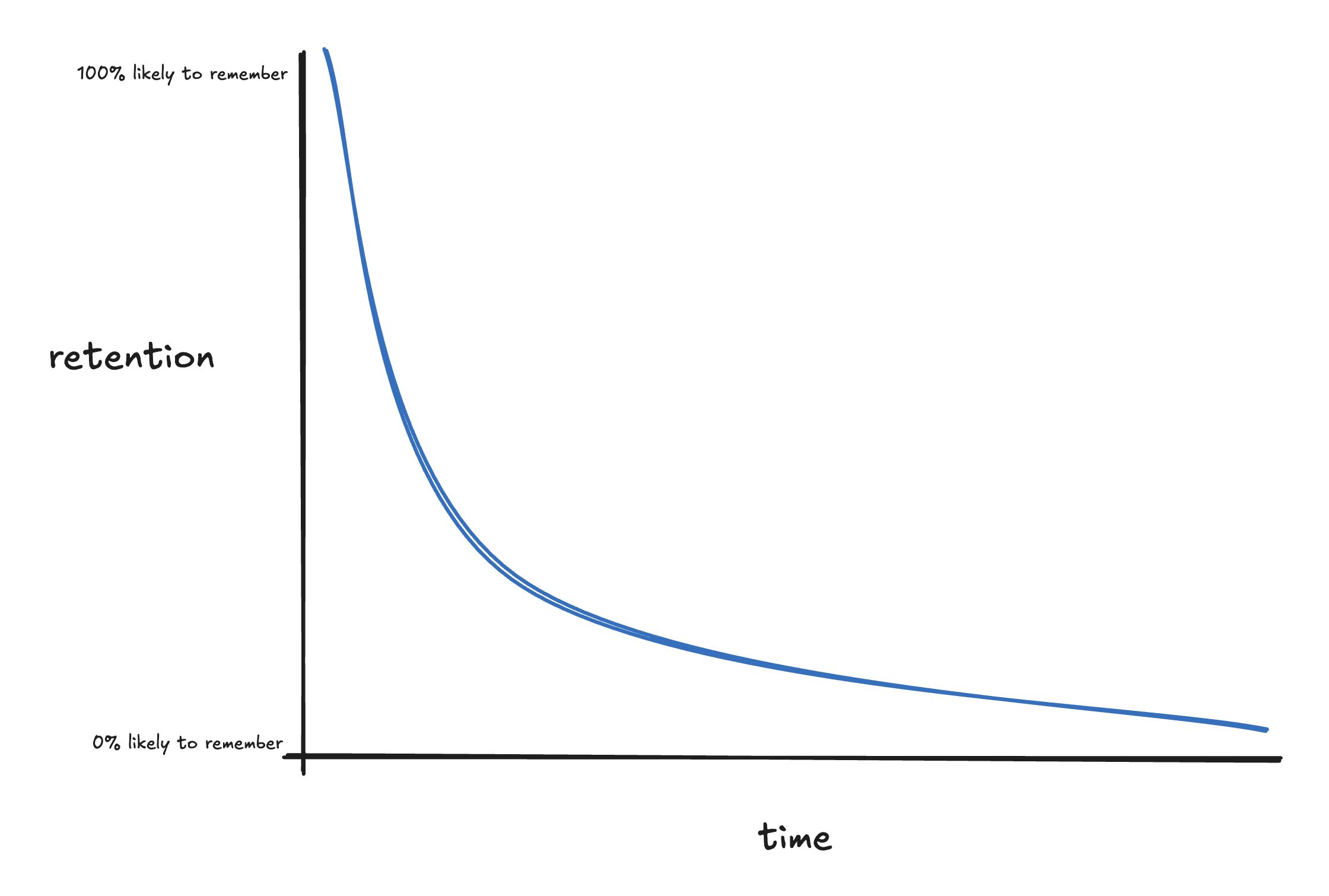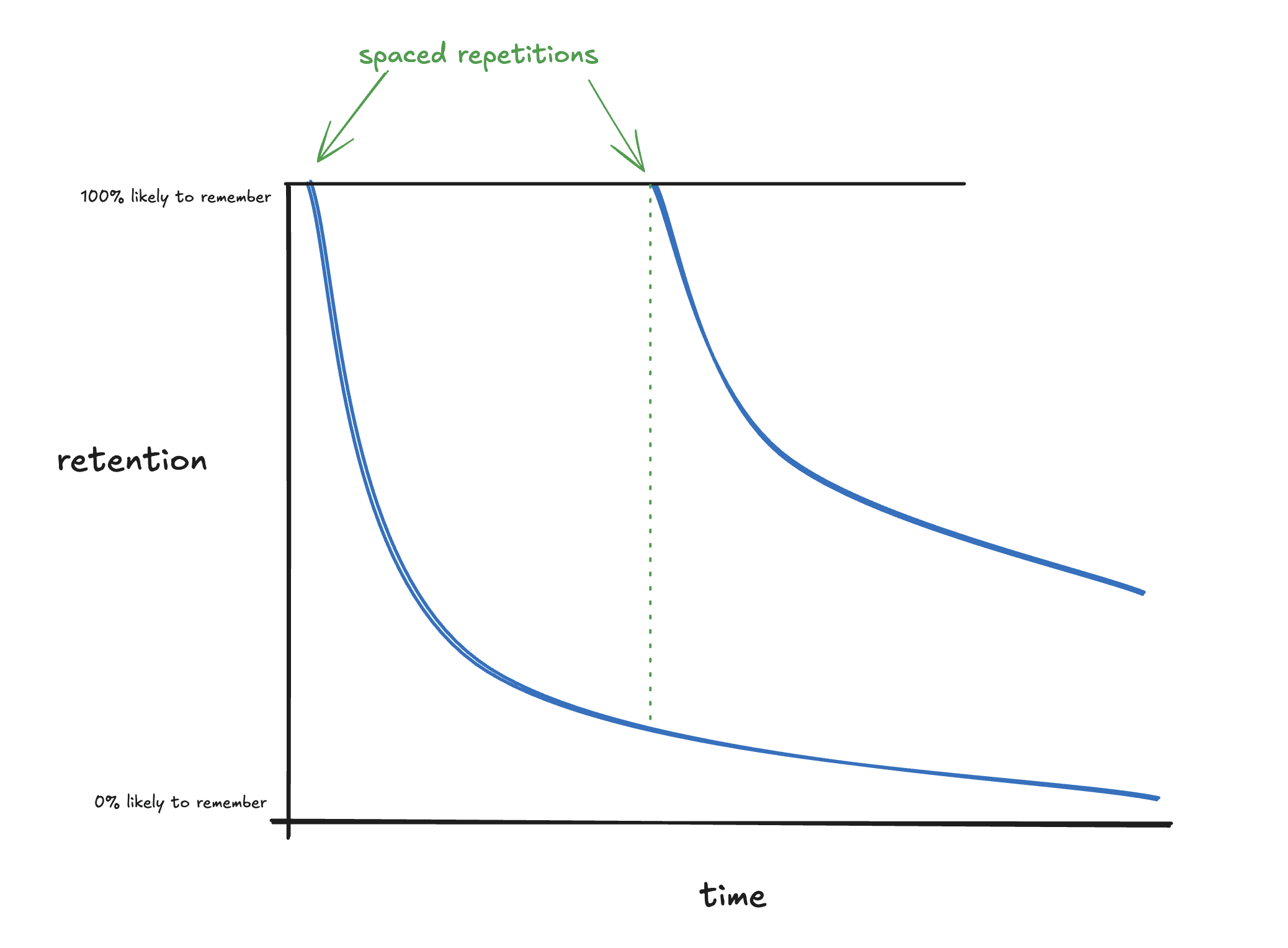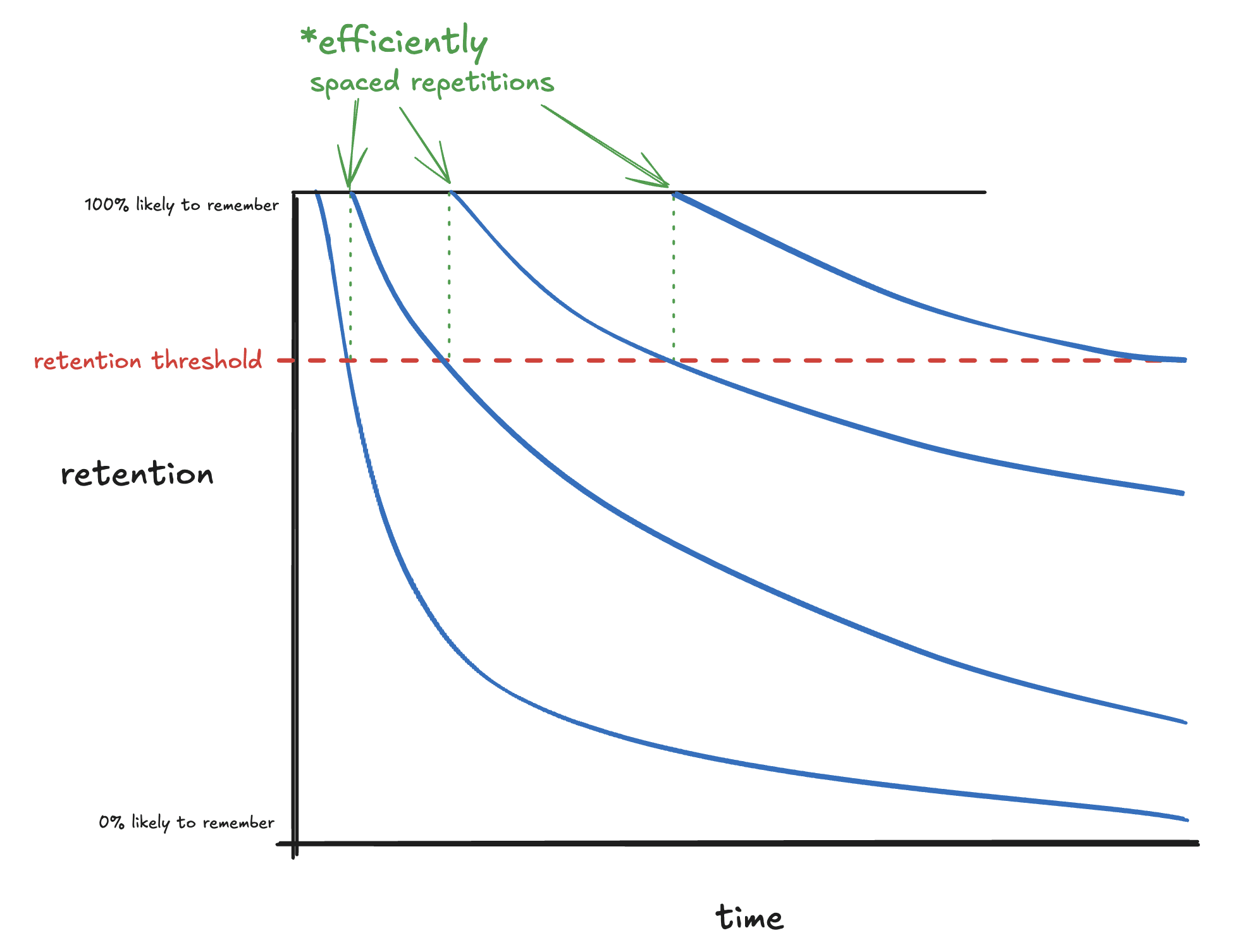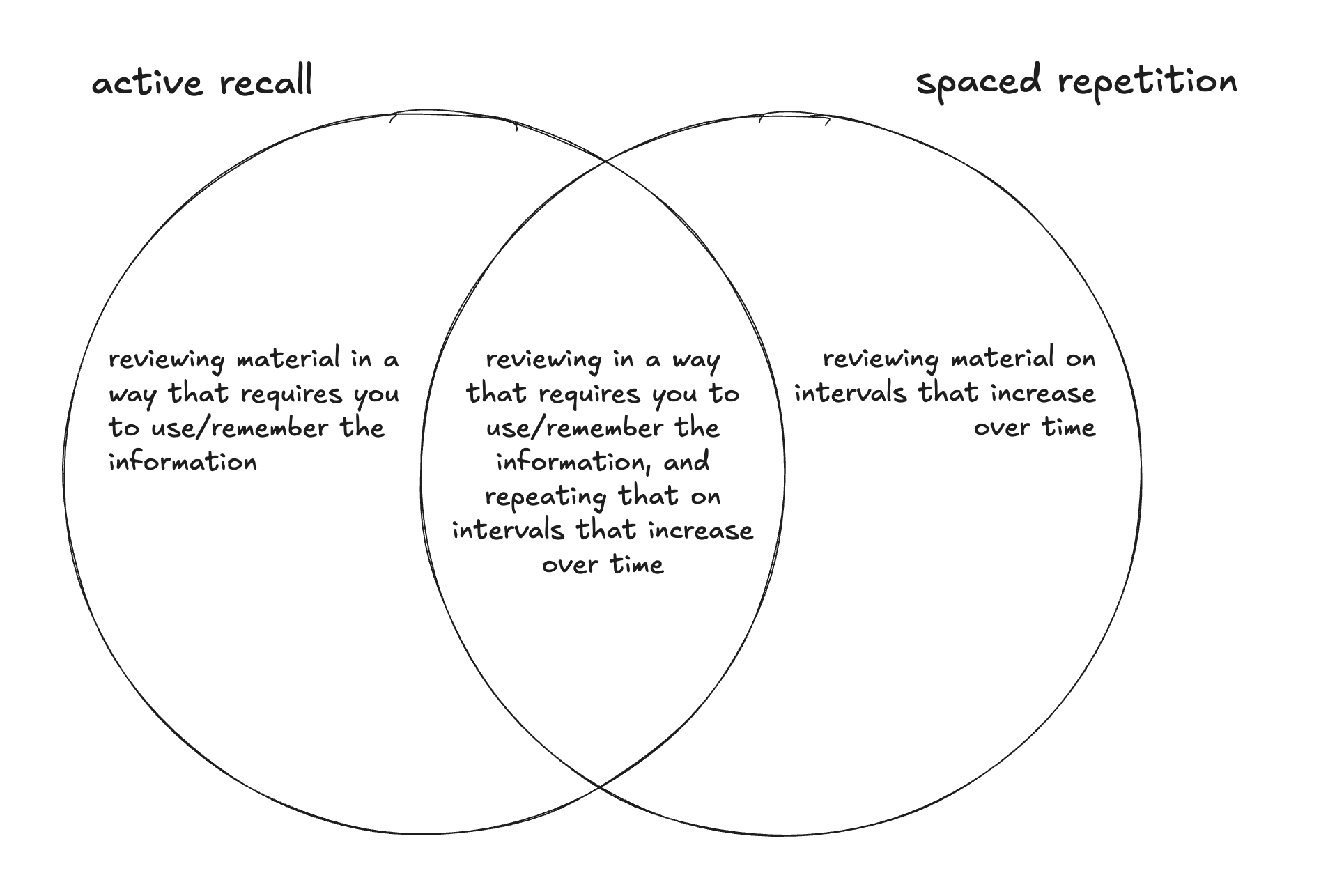i exist at saulmunn.com
i blog at brasstacks.blog
Posts
Wiki Contributions
I really enjoy this post, for two reasons: as a slice out of the overall aesthetic of the Bay Area Rationalist; and, as an honest-to-goodness reference for a number of things related to good interior decorating.
I'd enjoy seeing other slices of anthropology on the Rationalist scene, e.g. about common verbal tics ("this seems true" vs "that seems true," or "that's right," or "it wouldn't be crazy"), or about some element of history.
"The ants and the grasshopper" is a beautifully written short fiction piece that plays around with the structure and ending of the classic Aesop fable: the ants who prepare for winter, and the grasshopper who does not.
I think there's often a gap between how one thinks through the implications that a certain decision process would have on various difficult situations in the abstract, and how one actually feels while following through (or witnessing others follow through). It's pretty easy to point at that gap's existence, but pretty hard to reason well about that gap without being able to tangibly feel it. Fiction can do exactly that, but it's hard to find a fiction piece that executes on that goal well without turning to heavy-handed cliches. For me, "The ants and the grasshopper" succeeded.
MCE is a clear, incisive essay. Much of it clarified thoughts I already had, but framed them in a more coherent way; the rest straightforwardly added to my process of diagnosing interpersonal harm. I now go about making sense of most interpersonal issues through its framework.
Unlike Ricki/Avital, I haven't found that much use from its terminology with others, though I often come to internal conclusions generated by explicitly using its terminology then communicate those conclusions in more typical language. I wouldn't be surprised if I found greater use of the specific terminology if the interpersonal issues I did have happened with people who were already strongly bought into the MCE framework; this isn't true for me, and I'd guess it also isn't true for the vast majority of readers.
Overall, MCE is a clear post that explores a grounded, useful framework in-depth.
I'd be interested to see other posts written in similar veins exploring how MCE might be useful for intrapersonal conflicts (e.g. trade between versions of yourself over time, or different internal motivations).
ohh, this is great — agreed on all fronts. thanks shri!
The numbers I have in my Anki deck, selected for how likely I am to find practical use of them:
- total # hours in a year — 8760
- ${{c1::200}}k/year = ${{c2::100}}/hour
- ${{c1::100}}k/year = ${{c2::50}}/hour
- # of hours in a working year — 2,000 hours
- miles per time zone — ~1,000 miles
- california top-to-bottom — 900 miles
- US coast-to-coast — 3,000 miles
- equator circumference — (before you show the answer, i always find it fun that i can quickly get an approximation by multiplying the # of time zones by the # of miles per time zone!) :::25,000::: miles
- US GDP in 2022 — $25 trillion
- google's profit in 2022 — $60 billion
- total US political spending per election — ~$5 billion
- median US salary in 2022 — $75k
- LMIC's GDP per capita in 2022 — $2.5k
- world population in 2022 — 8 billion
- NYC population in 2022 — 8 million
- US population in 2022 — 330 million
memento — shows a person struggling to figure out the ground truth; figuring out to whom he can defer (including different versions of himself); figuring out what his real goals are; etc.
hmm, that's fair — i guess there's another, finer distinction here between "active recall" and chaining the mental motion of recalling of something to some triggering mental motion. i usually think of "active recall" as the process of:
- mental-state-1
- ~stuff going on in your brain~
- mental-state-2
over time, you build up an association between mental-state-1 and mental-state-2. doing this with active recall looks like being shown something that automatically triggers mental-state-1, then being forced to actively recall mental-state-2.
with names/faces, i think that if you were to e.g. look at their face, then try to remember their name, i'd say that probably counts as active recall (where mental-state-1 is "person's face," mental-state-2 is "person's name," and ~stuff going on in your brain~ is the mental motion of going from their face to their name).
thanks for pointing that out!
Active Recall and Spaced Repetition are Different Things
EDIT: I've slightly edited this and published it as a full post.
Epistemic status: splitting hairs.
There’s been a lot of recent work on memory. This is great, but popular communication of that progress consistently mixes up active recall and spaced repetition. That consistently bugged me — hence this piece.
If you already have a good understanding of active recall and spaced repetition, skim sections I and II, then skip to section III.
Note: this piece doesn’t meticulously cite sources, and will probably be slightly out of date in a few years. I link some great posts that have far more technical substance at the end, if you’re interested in learning more & actually reading the literature.
I. Active Recall
When you want to learn some new topic, or review something you’ve previously learned, you have different strategies at your disposal. Some examples:
- Watch a YouTube video on the topic.
- Do practice problems.
- Review notes you’d previously taken.
- Try to explain the topic to a friend.
- etc
Some of these boil down to “stuff the information into your head” (YouTube video, reviewing notes) and others boil down to “do stuff that requires you to use/remember the information” (doing practice problems, explaining to a friend). Broadly speaking, the second category — doing stuff that requires you to actively recall the information — is way, way more effective.
That’s called “active recall.”
II. (Efficiently) Spaced Repetition
After you learn something, you’re likely to forget it pretty quickly:

Fortunately, reviewing the thing you learned pushes you back up to 100% retention, and this happens each time you “repeat” a review:

That’s a lot better!
…but that’s also a lot of work. You have to review the thing you learned in intervals, which takes time/effort. So, how can you do the least the number of repetitions to keep your retention as high as possible? In other words — what should be the size of the intervals? Should you space them out every day? Every week? Should you change the size of the spaces between repetitions? How?
As it turns out, efficiently spacing out repetitions of reviews is a pretty well-studied problem. The answer is “riiiight before you’re about to forget it:”

Generally speaking, you should do a review right before it crosses some threshold for retention. What that threshold actually is depends on some fiddly details, but the central idea remains the same: repeating a review riiight before you hit that threshold is the most efficient spacing possible.
This is called (efficiently) spaced repetition. Systems that use spaced repetitions — software, methods, etc — are called “spaced repetition systems” or “SRS.”
III. The difference
Active recall and spaced repetition are independent strategies. One of them (active recall) is a method for reviewing material; the other (effective spaced repetition) is a method for how to best time reviews. You can use one, the other, or both:

Examples of their independence:
- You could listen to a lecture on a topic once now, and again a year from now (not active recall, very inefficiently spaced repetition)
- You could watch YouTube videos on a topic in efficiently spaced intervals (not active recall, yes spaced repetition)
- You could quiz yourself with flashcards once, then never again (yes active recall, no spaced repetition)
- You could do flashcards on something in efficiently spaced intervals (both spaced repetition and active recall).
IV. Implications
Why does this matter?
Mostly, it doesn’t, and I’m just splitting hairs. But occasionally, it’s prohibitively difficult to use one method, but still quite possible to use the other. In these cases, the right thing to do isn’t to give up on both — it’s to use the one that works!
For example, you can do a bit of efficiently spaced repetition when learning people’s names, by saying their name aloud:
- immediately after learning it (“hi, my name’s Alice” “nice to meet you, Alice!”)
- partway through the conversation (“but i’m still not sure of the proposal. what do you think, Alice?”)
- at the end of the conversation (“thanks for chatting, Alice!”)
- that night (“who did I meet today? oh yeah, Alice!”)
…but it’s a lot more difficult to use active recall to remember people’s names. (The closest I’ve gotten is to try to first bring into my mind’s eye what their face looks like, then to try to remember their name.)
Another example in the opposite direction: learning your way around a city in a car. It’s really easy to do active recall: have Google Maps opened on your phone and ask yourself what the next direction is each time before you look down; guess what the next street is going to be before you get there; etc. But it’s much more difficult to efficiently space your reviews out: review timing ends up mostly in the hands of your travel schedule.
For more on the topic of deliberately using memory systems to quickly learn the geography of a new place, see this post.
is there a handy label for “crux(es) on which i’m maximally uncertain”? there are infinite cruxes that i have for any decision, but the ones i care about are the ones about which i’m most uncertain. it'd be nice to have a reference-able label for this concept, but i haven't seen one anywhere.
there's also an annoying issue that feels analogous to "elasticity" — how much does a marginal change in my doxastic attitude toward my belief in some crux affect my conative attitude toward the decision?
if no such concepts exist for either, i'd propose: crux uncertainty, crux elasticity (respectively)
Damn good post. Pretty fucking funny, too.